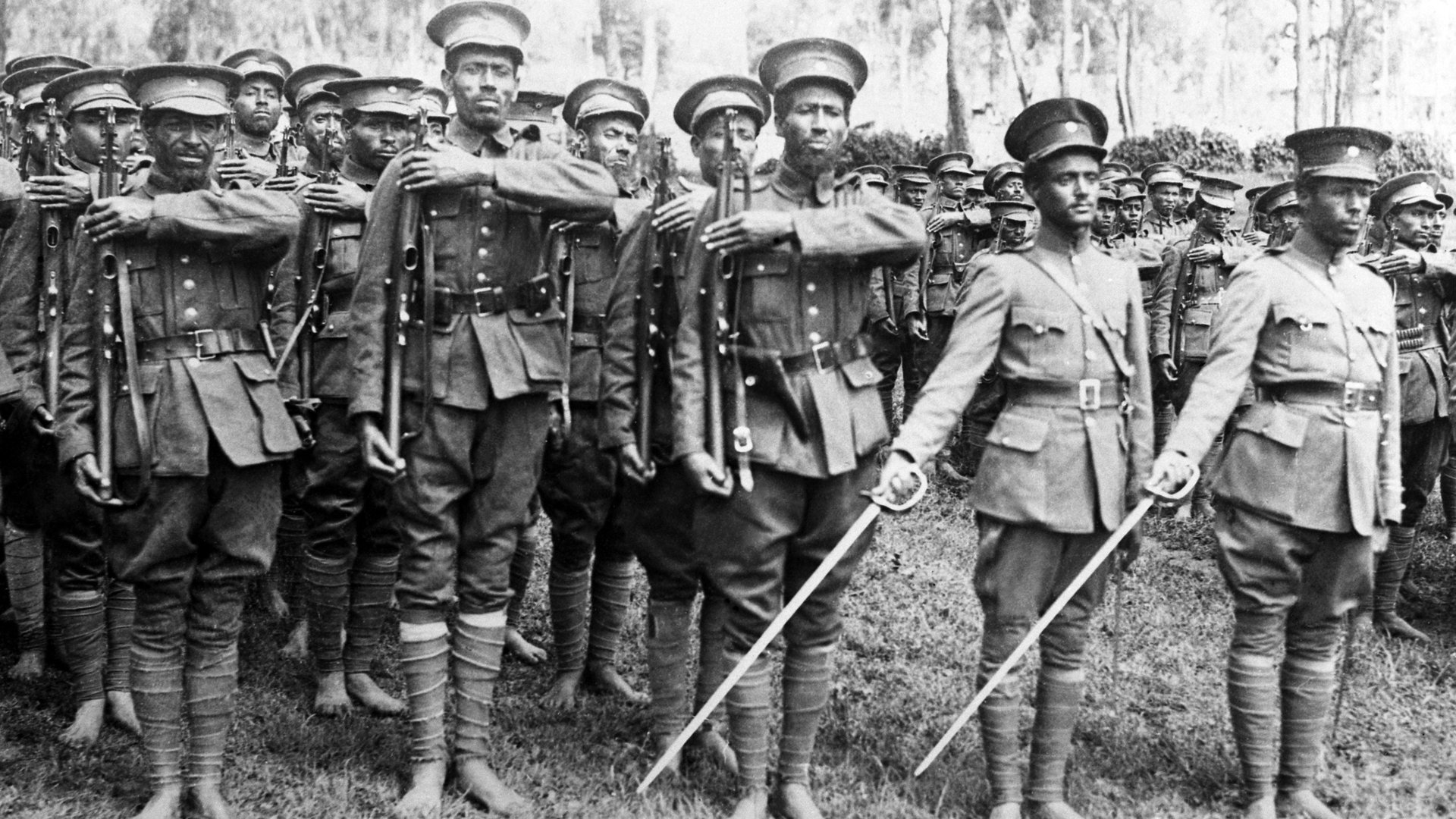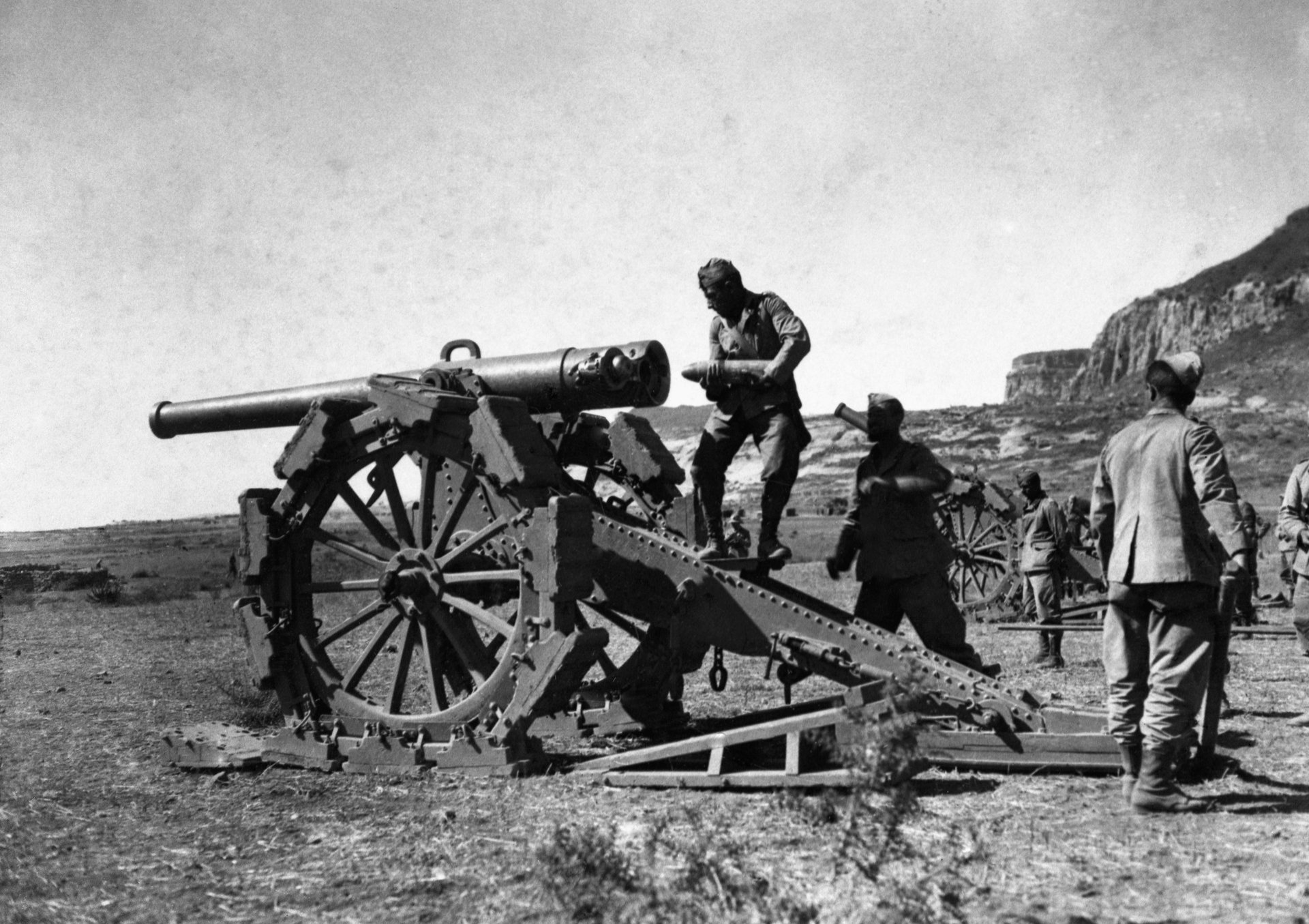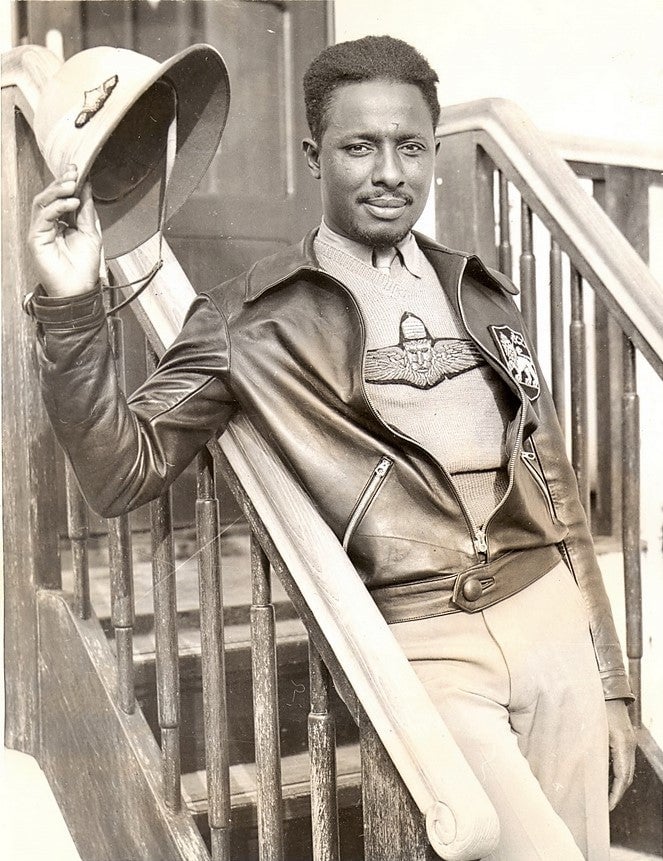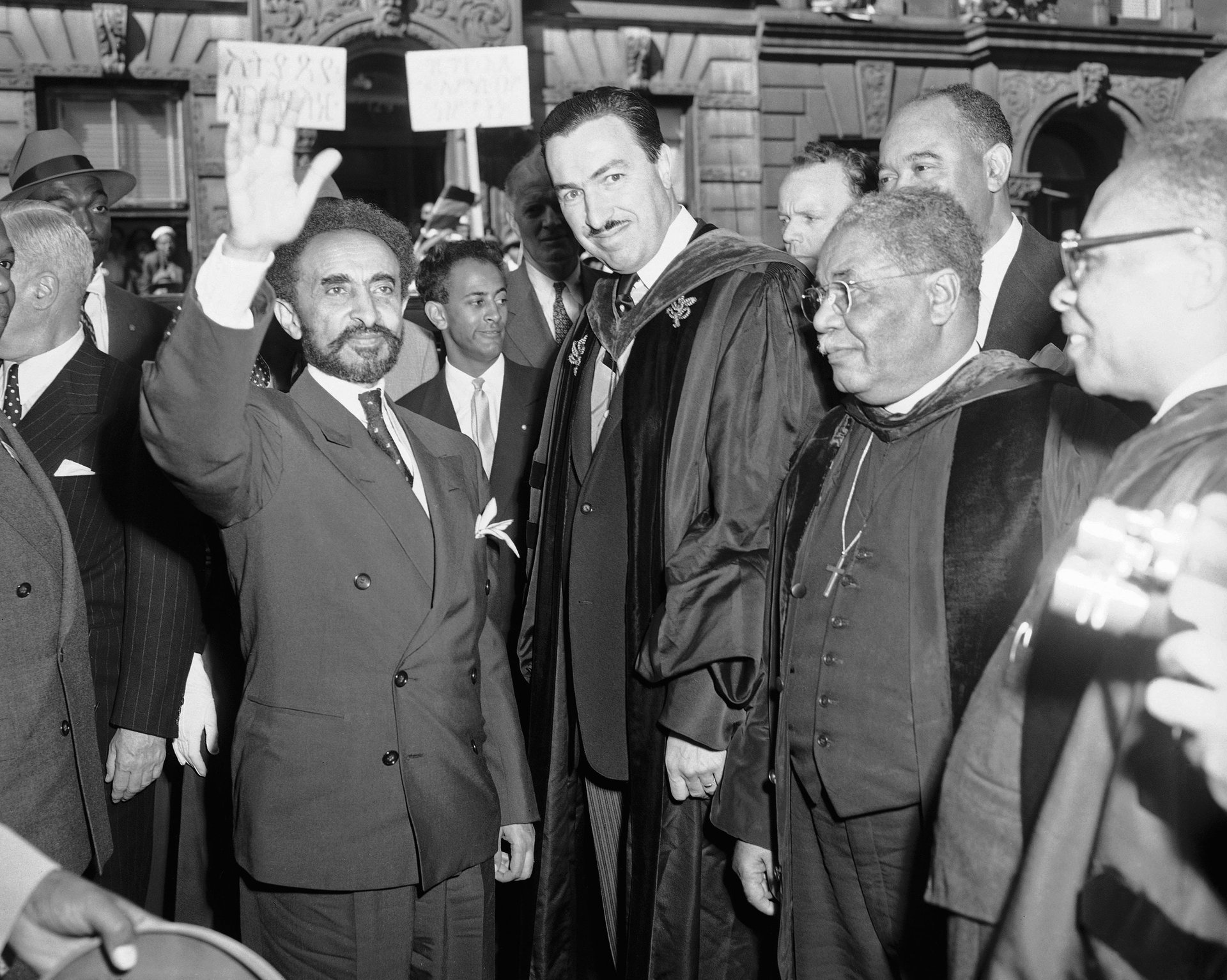The intertwined histories of the African American freedom struggle and Ethiopia’s war against fascism
The uproar from the horrific murder of 46-year old African American George Floyd by a white police officer in Minneapolis on May 25 continues to reverberate globally, as African Americans continue to take to the streets in a stand against racism and police brutality. But in Ethiopia, public expressions of solidarity with marchers in America are few and far between.


The uproar from the horrific murder of 46-year old African American George Floyd by a white police officer in Minneapolis on May 25 continues to reverberate globally, as African Americans continue to take to the streets in a stand against racism and police brutality. But in Ethiopia, public expressions of solidarity with marchers in America are few and far between.
Chapters from Ethiopia’s storied resistance against fascism show how the United States’ Black Lives Matter movement should resonate much more strongly with Ethiopians, young and old.
There is a history that links the African American history of resistance to the African anti-colonial effort in response to the Europe’s 19th century “Scramble for Africa.” The founding fathers of many a Black liberation movement took inspiration in the resilience of a faraway Black African country which successfully fended off military aggression from colonial Italy.
Ethiopia, known then as Abyssinia, secured international recognition of its territorial sovereignty after it defeated Italy in 1896’s Battle of Adwa. That battlefield coup culminated in the end of a campaign which the New York Times described at the time as “one of the most disastrous in which the Italians arms have ever taken part.” Ethiopian forces routed the invaders on the mountains of Adwa.
The stunning defeat sent shockwaves around the world, especially for those who had deemed Africans little more than slave labour for the economic machinery of the colonial powers, or “undisciplined savages” as defeated Italian general Oreste Baratieri had dubbed them.

The events of 1896 had an impact far beyond Ethiopia. The colors of the Ethiopian flag, green yellow and red, became the collective banner for pan-Africanism, a rallying symbol for the pioneers of African resistance. Half a century later, dozens of newly independent African states adopted the colors as part of their national flags.
Ideological fruits were born from seeds sowed at the Battle of Adwa. Those seeds sprouted across the Atlantic too, where African Americans were subjugated by Jim Crow laws and institutional white supremacy. Black nationalists drew inspiration from they saw as a similar underdog-type struggle for Ethiopia against the European powers. The Universal Negro Improvement Association, a leading pan-African organization, named as an official organization anthem “Ethiopia, Thou Land of Our Fathers.” The writer of the song, Harlem resident and renowned musician Josiah Ford, later took up on the offer to migrate to Ethiopia.
African Americans rallied in support of Ethiopia when forty years later, news of an impending second Italian invasion first made the rounds. Prime minister Benito Mussolini’s warmongering heightened tensions between Harlem’s Black and Italian communities. As Ethiopia’s fall was portrayed as the extinguishing of a flame that lit across the African diaspora, news of atrocities including the Italian Air Force’s indiscriminate bombing campaign provoked an intense fury among African Americans. There is evidence a boycott of Italian products, among other efforts was launched. Protests were organized.
While Black-run newspapers, such as the Negro Liberator, highlighted atrocities committed in Ethiopia and reported extensively on pro Ethiopia demonstrations. The New York Times with the headline: “Mob of 400 Battles the Police in Harlem; Italian stores raided, man shot in crowd” used choice words like “mob” to describe pro-Ethiopia protesters.

A campaign to recruit volunteers to join the Ethiopian resistance recruited thousands, including at least 1,500 from Harlem alone and another 600 from Texas, according to newspaper clippings from the era. In the end, the US State Department prevented anyone from traveling, prohibiting participation of its citizens in foreign wars. But a few did, including renowned aviator John Robinson, who took charge of Ethiopia’s fledgling Air Force.

Ethiopian figures for its death toll from the invasion in 1935 up until the end of the occupation in 1941, are as high as half a million, mostly innocent civilians. Ethiopia was in no shortage of supporters in the United States, who played a significant role in voicing the plight of Mussolini’s victims in Ethiopia.
In 1954 recognizing this, Ethiopia’s Emperor Haile Selassie visited Harlem to thank residents. According to an Associated Press photo caption: “An estimated 200,000 persons lined the streets to give the monarch a warm, noisy welcome during his first visit to Harlem. He presented to the church a gold processional cross made in Ethiopia, and was given an oil portrait of himself by Ivan Tate, African American artist.”
Renowned Ethiopian historian and author Bahru Zewde explained to Quartz Africa that during this visit, the Emperor donated an Ethiopian Orthodox Cross, a relic from his own church, to the Abyssinian Church of Harlem, which itself has a unique history that further intertwines the peoples of both countries.
“The Abyssinian Church of Harlem was founded by Ethiopian sailors and African Americans who refused to attend the segregated churches of the era,” Bahru explains. “So they founded their own independent church.”
Ethiopia has largely failed to nurture this history for its future generations. Regime change in Ethiopia would usher in leaders who sought above all to erase all positive mention of their predecessors from collective memory. As such, the communist military junta of Mengistu Hailemariam which overthrew the Emperor in 1974 made a concerted effort to erase a great deal of history linked to the ousted royal family.

The Derg military government rendered the valiant lobbying efforts of African American activists throughout the second Italo-Abyssinian war, a casualty of the change in this era. Had it not been for the efforts of historians like Bahru Zewde to preserve and archive them, a lot of what had been collectively forgotten, would have been lost. Ethiopians today have little or no knowledge about these events. Comments by Ethiopia’s prime minister a few years ago further confirmed this.
In June of 2018, while giving an address to members of Ethiopia’s arts community, prime minister Abiy Ahmed characterized African Americans as being “free but poor,” because of their unwillingness to “move on from the past.” The prime minister, who was born in 1976, disavowed the very real impact of intergenerational trauma, such a depiction of a people who enshrined Ethiopia’s six-year fight against fascism as their own, was insensitive.
Bahru Zewde believes the history points to Ethiopians having moral obligations they should own up to.
“In view of all these intimate historical links between Ethiopia and the black world in general and the African-American community in particular, Ethiopians should stand beside their African-American brothers and sisters in their struggle to achieve the equality and dignity that they so richly deserve.”
Sign up to the Quartz Africa Weekly Brief here for news and analysis on African business, tech and innovation in your inbox